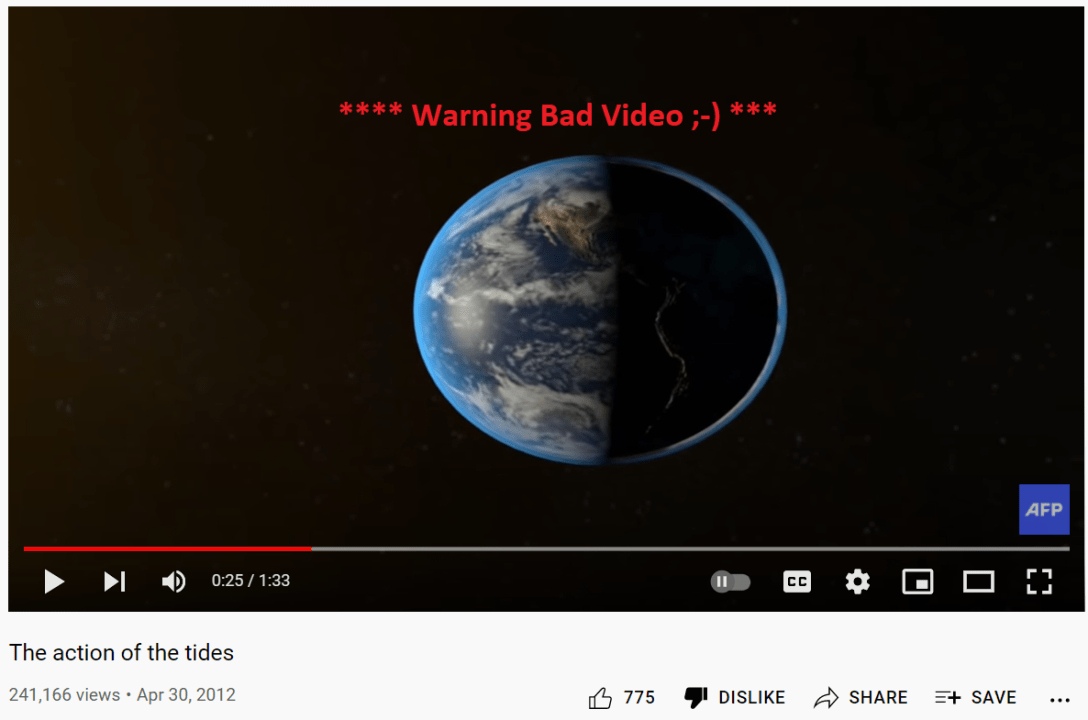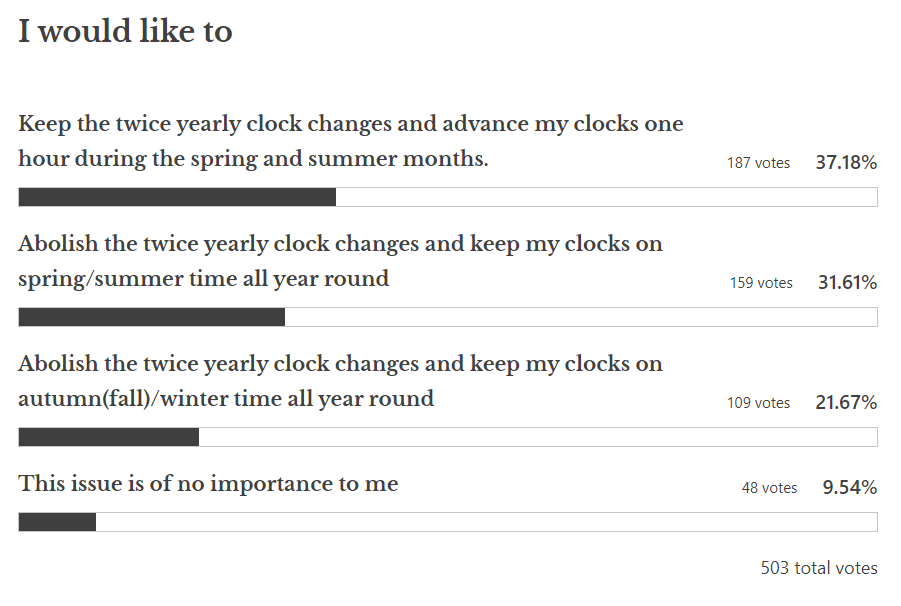This year, the northern hemisphere winter solstice will fall on 22 December. On this date there are the fewest hours of daylight and, during the day, the Sun reaches its lowest elevation. The origin of the word solstice is from two Latin words: sol, which means Sun, and sistere, to stand still. At the time of the winter… Continue reading December 22 2023 – the solstice
Tag: Sun
Daylight Saving Time ends 2022
In the early hours of Sunday 30 October the clocks go back an hour throughout most of Europe and daylight saving time (DST) comes to an end. In this post I'll talk about the practice of putting the clocks backwards and forwards and why it is falling out of favour The beginning of DST… Continue reading Daylight Saving Time ends 2022
June 21 2022 – the solstice
This year, the June solstice will fall on 21 June. As most people know, In the northern hemisphere, it is the day of the year when there is the most daylight and when the Sun is at its highest in the midday sky. The origin of the word solstice is from two Latin words: sol, which… Continue reading June 21 2022 – the solstice
Overview of tides
Even though the Moon is far smaller and less massive than the Earth its gravitational field still has significant effects on our planet. The most noticeable of these are tides, the periodic rise and fall of sea levels. In this post I'll give an overview of the causes of tides. This is something which many… Continue reading Overview of tides
Happy New year 2022
Happy new year to all my readers! Shortly after most of Europe and North America moved back to winter time from Daylight Saving Time, I created a poll to see how my readers living in these regions felt about the switch. Now that we’ve entered the new year, I’ve decided to close the poll and… Continue reading Happy New year 2022





